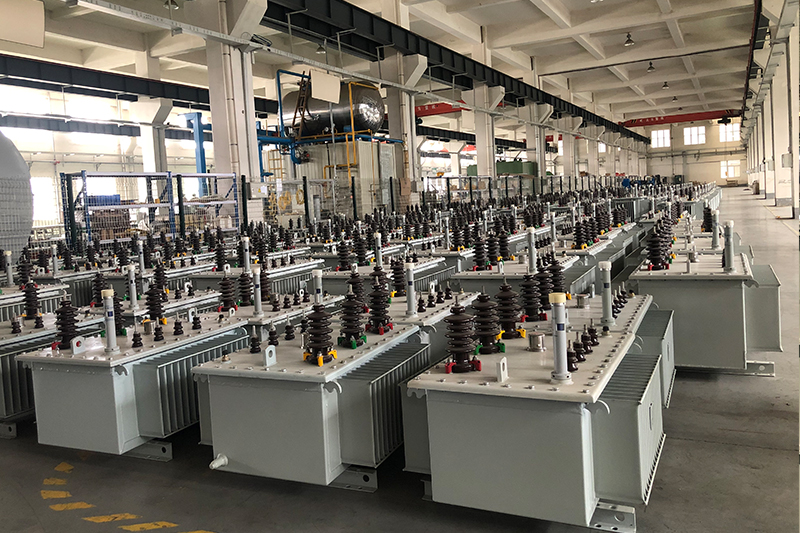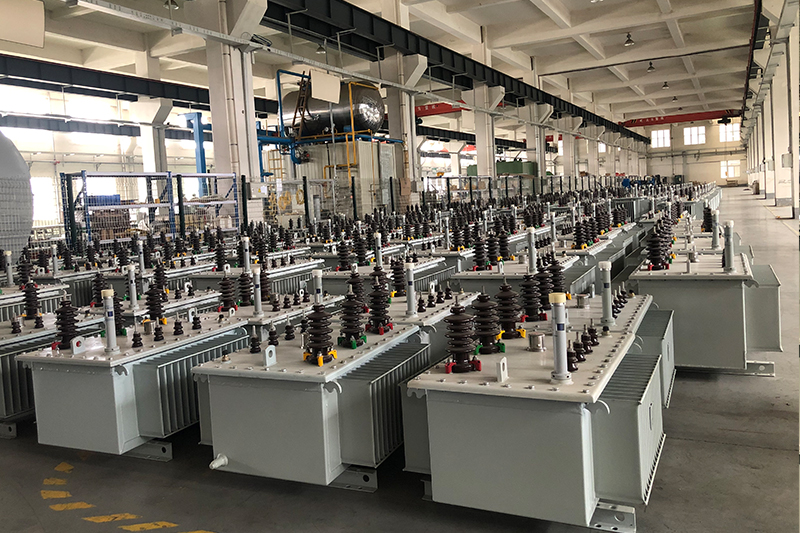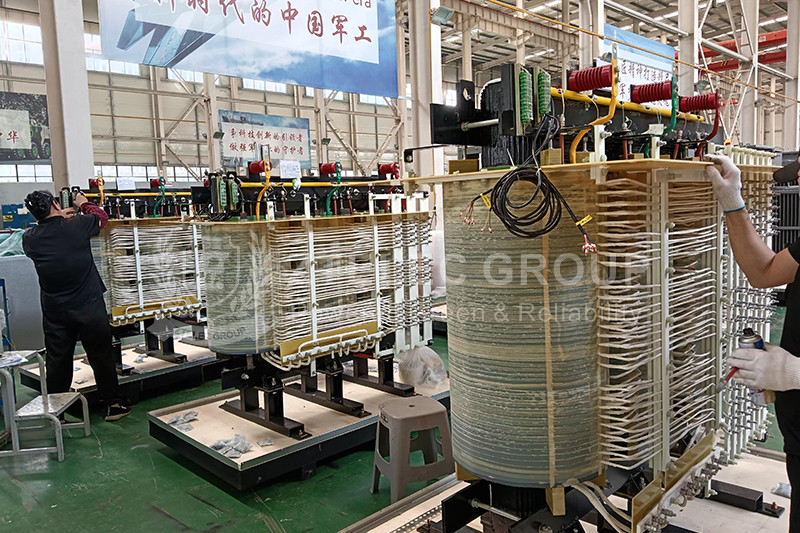How to Balance Capacity and Efficiency in Oil-Immersed Transformers
In modern power distribution systems, oil-immersed transformers play a vital role in energy conversion and delivery. One of the most critical considerations when selecting a transformer is how to balance its rated capacity with operational efficiency. Overlooking this balance can lead to excessive energy loss, increased costs, or even equipment failure. This article explores the relationship between transformer capacity and efficiency, identifies influencing factors, and offers strategies to achieve optimal performance.

Understanding the Relationship Between Capacity and Efficiency
1. What Is Transformer Capacity?
Capacity, measured in kilovolt-amperes (kVA), refers to the maximum apparent power that a transformer can deliver continuously under rated voltage conditions. A larger capacity means the transformer can handle more electrical load. However, selecting a transformer with excessive capacity for a given application can result in energy waste and lower efficiency.
2. What Is Transformer Efficiency?
Efficiency (%) is calculated as: (Output Power ÷ Input Power) × 100%. It reflects how much input power is successfully converted into output power. Transformer efficiency is mainly affected by two types of power loss:
No-load loss (iron loss): Caused by magnetic hysteresis and eddy currents in the iron core. It remains relatively constant regardless of the load.
Load loss (copper loss): Occurs due to the resistance in the windings and increases with the square of the load current. Higher load rates cause a steep rise in copper losses.
3. The Trade-off Between Capacity and Efficiency
There is often a contradiction between transformer capacity and efficiency:
Overcapacity: When the transformer is oversized for the actual load, no-load loss becomes the dominant factor, especially during long periods of light load operation, resulting in lower efficiency.
Undercapacity: A transformer that is too small will operate at a high load rate, increasing copper loss, reducing efficiency, and risking overheating or damage.
Key Factors Affecting Transformer Capacity and Efficiency
1. Transformer Structure
Core volume, winding configuration, and overall design have a significant impact on both capacity and efficiency. Optimized magnetic core material and tight coil structure help minimize losses and improve performance.
2. Voltage Level
Higher voltage transformers typically have larger capacities and better efficiency, because current is lower at higher voltage, reducing I²R (copper) losses.
3. Current-Carrying Capability
A transformer's ability to carry high currents relates to its thermal and structural design. While high current-carrying capacity allows for larger output, it can also lead to higher internal losses if not properly managed.

Practical Strategies for Balancing Capacity and Efficiency
1. Analyze Load Characteristics
Load Type: For constant, stable industrial loads, choose a transformer with capacity close to actual demand. For fluctuating loads (e.g., residential or commercial use), consider peak and off-peak variations.
Optimal Load Rate: Aim to operate transformers within 60%–80% of their rated capacity for best performance and efficiency.
2. Consider Energy Efficiency Standards
High-Efficiency Models: Choose transformers that meet IEC 60076, GB/T 6451, or other energy-efficiency standards. First-class energy-efficient transformers can reduce both iron and copper losses.
Total Cost of Ownership (TCO): Evaluate not only the initial purchase price but also long-term operational costs. A typical TCO formula:
TCO = Initial Cost + (Iron Loss × Electricity Price × Hours) + (Copper Loss × Electricity Price × Load Rate² × Hours)
3. Capacity Redundancy and Flexibility
Redundancy Design: Allow 10%–20% spare capacity to handle short-term overloads or future demand growth.
Parallel Operation: For highly variable loads, use multiple small-capacity transformers in parallel. Turn off units during low demand to reduce no-load losses.
4. Cooling and Temperature Control
Transformer efficiency is affected by oil temperature. Use appropriate cooling systems such as ONAN, ONAF, or OFAF to control heat and avoid additional losses.
5. Adaptive Load Management
For seasonal or cyclic loads (e.g., irrigation, HVAC), consider on-load tap-changing (OLTC) or capacity-adjusting transformers to dynamically match load variations.
Real-World Application Scenarios
Scenario 1: Data Centers (High Load, 24/7)
Data centers require high-capacity, high-efficiency transformers with stable operation. SCB13-type or equivalent oil-immersed models are ideal, operating at 70%–90% of their rated capacity for maximum performance.
Scenario 2: Residential Communities (Load Fluctuations)
In neighborhoods with wide day-night demand variation, use two transformers in parallel. Shut down one transformer during off-peak hours to avoid light-load inefficiency and reduce no-load losses.
Balancing the capacity and efficiency of oil-immersed transformers is essential to achieving energy savings, reducing operational costs, and ensuring reliable power delivery. By analyzing load profiles, adhering to energy standards, optimizing cooling, and considering operational flexibility, power engineers and system designers can select transformers that deliver both high performance and cost-efficiency.
- more+releated article
- 2025-10-21Application of K Factor Transformer
- 2025-10-21Detailed explanation about transformer model w
- 2025-10-2010kV Oil-Immersed Transformer Safety: Lightnin
- 2025-10-20What are The Advantages of Phenolic Cotton Clo
- 2025-10-17Are Three-Phase Isolation Dry-Type Transformer
- 2025-10-17G10 Epoxy Sheet: Choosing the Right Specificat
- 2025-10-1610kV Oil-Immersed Transformer Operation Inspec
- 2025-10-163240-B Epoxy Phenolic Glass Fiber Cloth Lamina
- 2025-10-15G10 Epoxy Sheet: The Preferred Insulation Mate
- 2025-10-15Analysis of Energy-Saving and Noise Control Te





